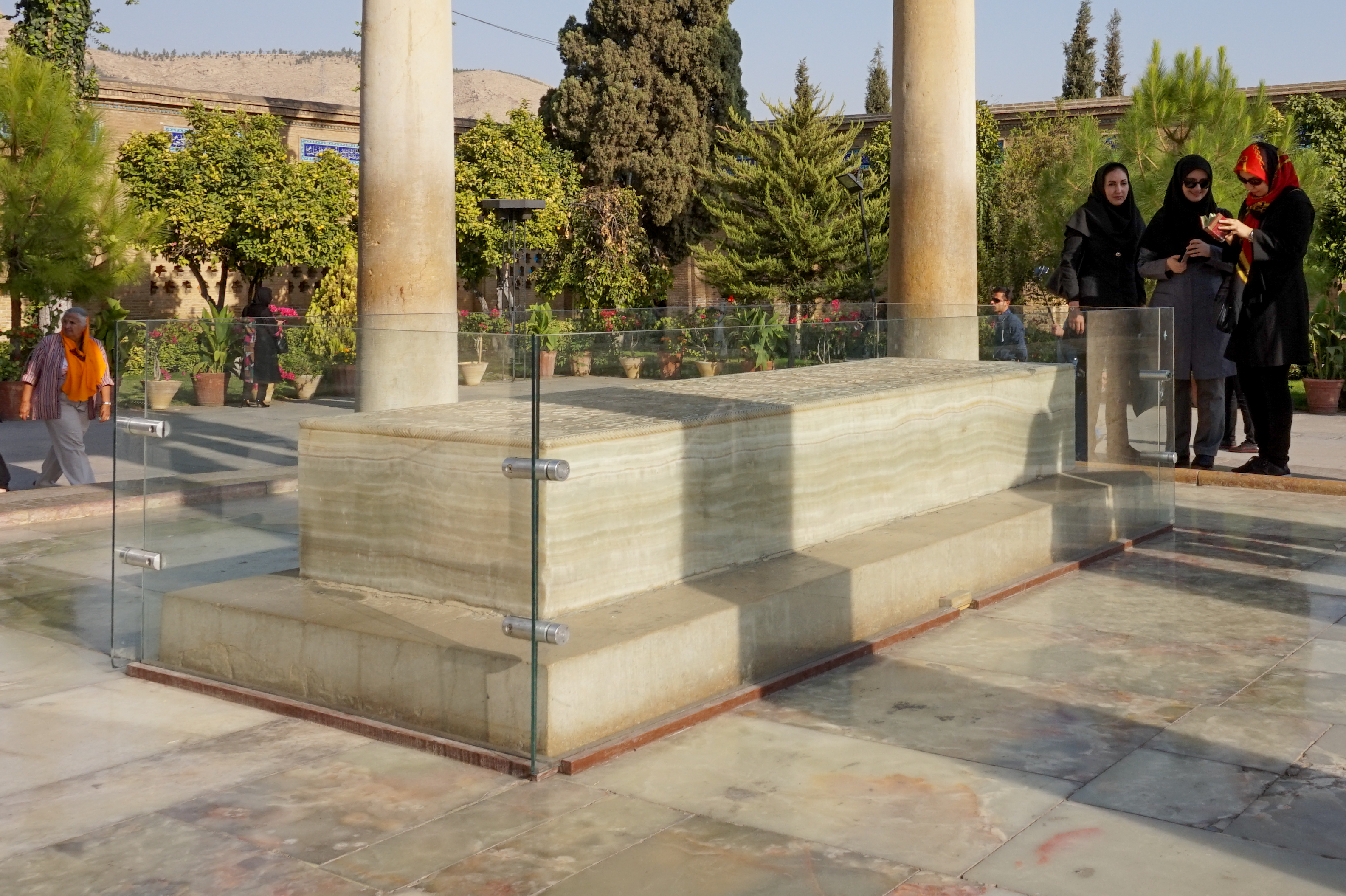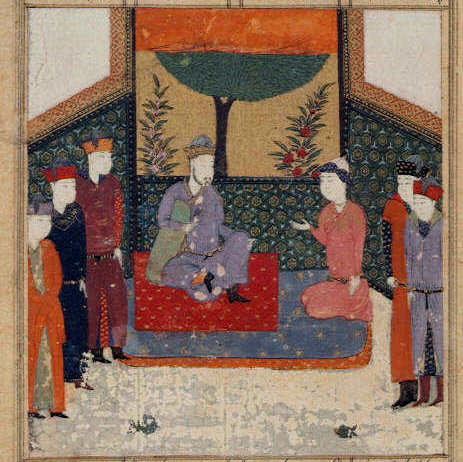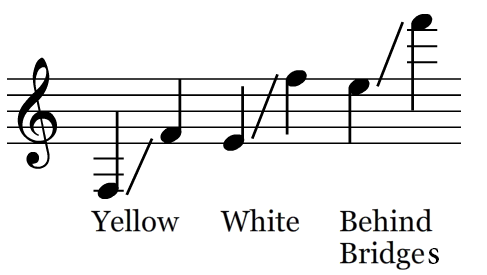|
Mastan Ensemble
The Mastān Ensemble (Persian: گروه مستان - ''Gorouh-e Mastān'') is an Iranian musical group performing traditional Persian music. History The group was founded as Hafez Ensemble in 2005 by Sa'id Jafarzādeh Homāy (سعيد جعفرزاده هماي), also known as Parvāz Homāy (پرواز همای) and Homāy Foomani. The group's performance follows a Persian tradition of music making known as ''Chāmeh Sarā'i'' (چامه سرایی) according to which one person is in charge of writing the poems, composing the musics, arranging the instruments as well as singing the songs. The instruments employed by this Ensemble include Daf, Dayereh, Kamāncheh, Lute, Reed, Robab, Santour, Tār and Tonbak. The ''Mastān Ensemble'' derive their inspirations from such Sufi poets as Farid ad-Din Attar, Hafez and Rumi Jalāl al-Dīn Muḥammad Rūmī ( fa, جلالالدین محمد رومی), also known as Jalāl al-Dīn Muḥammad Balkhī (), Mevlânâ/Mawlānā ... [...More Info...] [...Related Items...] OR: [Wikipedia] [Google] [Baidu] |
Iran
Iran, officially the Islamic Republic of Iran, and also called Persia, is a country located in Western Asia. It is bordered by Iraq and Turkey to the west, by Azerbaijan and Armenia to the northwest, by the Caspian Sea and Turkmenistan to the north, by Afghanistan and Pakistan to the east, and by the Gulf of Oman and the Persian Gulf to the south. It covers an area of , making it the 17th-largest country. Iran has a population of 86 million, making it the 17th-most populous country in the world, and the second-largest in the Middle East. Its largest cities, in descending order, are the capital Tehran, Mashhad, Isfahan, Karaj, Shiraz, and Tabriz. The country is home to one of the world's oldest civilizations, beginning with the formation of the Elamite kingdoms in the fourth millennium BC. It was first unified by the Medes, an ancient Iranian people, in the seventh century BC, and reached its territorial height in the sixth century BC, when Cyrus the Great fo ... [...More Info...] [...Related Items...] OR: [Wikipedia] [Google] [Baidu] |
Reed (instrument)
A reed (or lamella) is a thin strip of material that vibrates to produce a sound on a musical instrument. Most woodwind instrument reeds are made from ''Arundo donax'' ("Giant cane") or synthetic material. Tuned reeds (as in harmonicas and accordions) are made of metal or synthetics. Musical instruments are classified according to the type and number of reeds. The earliest types of single-reed instruments used idioglottal reeds, where the vibrating reed is a tongue cut and shaped on the tube of cane. Much later, single-reed instruments started using heteroglottal reeds, where a reed is cut and separated from the tube of cane and attached to a mouthpiece of some sort. By contrast, in an uncapped double reed instrument (such as the oboe and bassoon), there is no mouthpiece; the two parts of the reed vibrate against one another. Single reeds Single reeds are used on the mouthpieces of clarinets and saxophones. The back of the reed is flat and is placed against the mouthpiece. These ... [...More Info...] [...Related Items...] OR: [Wikipedia] [Google] [Baidu] |
Rumi
Jalāl al-Dīn Muḥammad Rūmī ( fa, جلالالدین محمد رومی), also known as Jalāl al-Dīn Muḥammad Balkhī (), Mevlânâ/Mawlānā ( fa, مولانا, lit= our master) and Mevlevî/Mawlawī ( fa, مولوی, lit= my master), but more popularly known simply as Rumi (30 September 1207 – 17 December 1273), was a 13th-century PersianRitter, H.; Bausani, A. "ḎJ̲alāl al-Dīn Rūmī b. Bahāʾ al-Dīn Sulṭān al-ʿulamāʾ Walad b. Ḥusayn b. Aḥmad Ḵh̲aṭībī." Encyclopaedia of Islam. Edited by: P. Bearman, Th. Bianquis, C.E. Bosworth, E. van Donzel and W.P. Heinrichs. Brill, 2007. Brill Online. Excerpt: "known by the sobriquet Mewlānā, persian poet and founder of the Mewlewiyya order of dervishes" poet, Hanafi faqih, Islamic scholar, Maturidi theologian and Sufi mystic originally from Greater Khorasan in Greater Iran. Rumi's influence transcends national borders and ethnic divisions: Iranians, Tajiks, Turks, Greeks, Pashtuns, other C ... [...More Info...] [...Related Items...] OR: [Wikipedia] [Google] [Baidu] |
Hafez
Khwāje Shams-od-Dīn Moḥammad Ḥāfeẓ-e Shīrāzī ( fa, خواجه شمسالدین محمّد حافظ شیرازی), known by his pen name Hafez (, ''Ḥāfeẓ'', 'the memorizer; the (safe) keeper'; 1325–1390) and as "Hafiz", was a Persian lyric poet, whose collected works are regarded by many Iranians as a pinnacle of Persian literature. His works are often found in the homes of people in the Persian-speaking world, who learn his poems by heart and use them as everyday proverbs and sayings. His life and poems have become the subjects of much analysis, commentary and interpretation, influencing post-14th century Persian writing more than any other Persian author. Hafez is best known for his Divan of Hafez, a collection of his surviving poems probably compiled after his death. His works can be described as "antinomian" and with the medieval use of the term "theosophical"; the term "theosophy" in the 13th and 14th centuries was used to indicate mystical work by ... [...More Info...] [...Related Items...] OR: [Wikipedia] [Google] [Baidu] |
Farid Ad-Din Attar
Abū Ḥamīd bin Abū Bakr Ibrāhīm (c. 1145 – c. 1221; fa, ابو حامد بن ابوبکر ابراهیم), better known by his pen-names Farīd ud-Dīn () and ʿAṭṭār of Nishapur (, Attar means apothecary), was a PersianRitter, H. (1986), “Attar”, Encyclopaedia of Islam, New Ed., vol. 1: 751-755. Excerpt: "ATTAR, FARID AL-DIN MUHAMMAD B. IBRAHIM.Persian mystical poet.Farīd al-Dīn ʿAṭṭār, in Encyclopædia Britannica, online edition - accessed December 2012./ref> poet, theoretician of Sufism, and hagiographer from Nishapur who had an immense and lasting influence on Persian poetry and Sufism. He wrote a collection of lyrical poems and number of long poems in the philosophical tradition of Islamic mysticism, as well as a prose work with biographies and sayings of famous Muslim mystics. Manṭiq-uṭ-Ṭayr (''The Conference of the Birds)'' and ''Ilāhī-Nāma'' (''The Book of Divine)'' and Memorial of the Saints are among his best known works. Biography I ... [...More Info...] [...Related Items...] OR: [Wikipedia] [Google] [Baidu] |
Sufi
Sufism ( ar, ''aṣ-ṣūfiyya''), also known as Tasawwuf ( ''at-taṣawwuf''), is a mystic body of religious practice, found mainly within Sunni Islam but also within Shia Islam, which is characterized by a focus on Islamic spirituality, ritualism, asceticism and esotericism. It has been variously defined as "Islamic mysticism",Martin Lings, ''What is Sufism?'' (Lahore: Suhail Academy, 2005; first imp. 1983, second imp. 1999), p.15 "the mystical expression of Islamic faith", "the inward dimension of Islam", "the phenomenon of mysticism within Islam", the "main manifestation and the most important and central crystallization" of mystical practice in Islam, and "the interiorization and intensification of Islamic faith and practice". Practitioners of Sufism are referred to as "Sufis" (from , ), and historically typically belonged to "orders" known as (pl. ) – congregations formed around a grand who would be the last in a chain of successive teachers linking back to Muha ... [...More Info...] [...Related Items...] OR: [Wikipedia] [Google] [Baidu] |
Tonbak
The ''tombak'' ( Persian: تمبک), ''tonbak'' (تنبک), or ''zarb'' (ضَرب) is an Iranian goblet drum. It is considered the principal percussion instrument of Persian music. The tombak is normally positioned diagonally across the torso while the player uses one or more fingers and/or the palm(s) of the hand(s) on the drumhead, often (for a ringing timbre) near the drumhead's edge. Sometimes, tombak players wear metal finger rings for an extra-percussive "click" on the drum's shell. Tombak virtuosi often perform solos lasting ten minutes or more. Description The tombak is a single-headed goblet drum is about 18 inches in height with a 28 centimetre diameter head. Its shell is carved from a single block of (sometimes highly figured, knotted or marbled) wood, maybe with a carved design or geometric pattern (such as furrows, flutes, diamonds and/or spirals—it is often a costly, heirloom-type or vintage musical instrument). At the bottom the shell is somewhat thicker ... [...More Info...] [...Related Items...] OR: [Wikipedia] [Google] [Baidu] |
Tar (lute)
The tar (from fa, تار, lit=string) is a long-necked, waisted lute family instrument, used by many cultures and countries including Iran, Azerbaijan, Uzbekistan, Armenia, Georgia, Tajikistan (Iranian Plateau), Turkey, and others near the Caucasus and Central Asia regions.tar (musical instrument) Encyclopædia Britannica . Retrieved on 2013-01-01. The older and more complete name of the tār is ''čāhārtār'' or ''čārtār'', meaning in "four string", (''čāhār'' frequently being shorted to ''čār''). This is in accordance with a practice common in Persian-speaking areas of distinguishing lutes on the basis of the number of strings origi ... [...More Info...] [...Related Items...] OR: [Wikipedia] [Google] [Baidu] |
Santoor (Persian Instrument)
The santur (also ''santūr'', ''santour'', ''santoor'') ( fa, سنتور), is a hammered dulcimer of Iranian origins.--- Rashid, Subhi Anwar (1989). ''Al-ʼĀlāt al-musīqīyya al-muṣāhiba lil-Maqām al-ʻIrāqī''. Baghdad: Matbaʻat al-ʻUmmāl al-Markazīyya. History The santur was invented and developed in the area of Iran and Mesopotamia. "The earliest sign of it comes from Assyrian and Babylonian stone carvings (669 B.C.); it shows the instrument being played while hanging from the player's neck" (35). This instrument was traded and traveled to different parts of the Middle East. Each country customized and designed its own versions to adapt to their musical scales and tunings. The original santur was made with wood and stones and strung with goat intestines. The Mesopotamian santur has been claimed to be the father of the harp, the Chinese yangqin, the harpsichord, the qanun, the cimbalom, and the American and European hammered dulcimers. Name The name 'santur' co ... [...More Info...] [...Related Items...] OR: [Wikipedia] [Google] [Baidu] |
Rubab (instrument)
Rubab, robab or rabab (Pashto/Persian: رُباب, Kashmiri : رَبابہٕ, Sindhi: (Nastaleeq), रबाब (Devanagari), Azerbaijani/ Turkish: Rübab, Tajik/ Uzbek ''рубоб'') is a lute-like musical instrument.David Courtney, 'Rabab'Chandra & David's Homepage/ref> The rubab is one of the national musical instruments of Afghanistan; and is also commonly used in Pakistan in areas inhabited by the Pashtun and Baloch, and also played by Sindhi people in Sindh, by Kashmiri people in Kashmir, and by the Punjabis of the Punjab. Three variants of the rubab are the ''Kabuli rebab'' of Afghanistan, the ''Seni rebab'' of northern India, and the ''Pamiri rubab'' of Tajikistan. These proliferated throughout West, Central, South and Southeast Asia. The Kabuli rebab originates from Afghanistan, and it derives its name from Arabic '' rebab'' 'played with a bow'; in Central Asia and the Indian subcontinent, however, the instrument is plucked and is distinctly different in construc ... [...More Info...] [...Related Items...] OR: [Wikipedia] [Google] [Baidu] |
Lute
A lute ( or ) is any plucked string instrument with a neck and a deep round back enclosing a hollow cavity, usually with a sound hole or opening in the body. It may be either fretted or unfretted. More specifically, the term "lute" can refer to an instrument from the family of European lutes. The term also refers generally to any string instrument having the strings running in a plane parallel to the sound table (in the Hornbostel–Sachs system). The strings are attached to pegs or posts at the end of the neck, which have some type of turning mechanism to enable the player to tighten the tension on the string or loosen the tension before playing (which respectively raise or lower the pitch of a string), so that each string is tuned to a specific pitch (or note). The lute is plucked or strummed with one hand while the other hand "frets" (presses down) the strings on the neck's fingerboard. By pressing the strings on different places of the fingerboard, the player can sho ... [...More Info...] [...Related Items...] OR: [Wikipedia] [Google] [Baidu] |
Persian Traditional Music
Persian traditional music or Iranian traditional music, also known as Persian classical music or Iranian classical music, refers to the classical music of Iran (also known as ''Persia''). It consists of characteristics developed through the country's classical, medieval, and contemporary eras. It also influenced areas and regions that are considered part of Greater Iran. Due to the exchange of musical science throughout history, many of Iran's classical modes are related to those of its neighboring cultures. Iran's classical art music continues to function as a spiritual tool, as it has throughout history, and much less of a recreational activity. It belongs for the most part to the social elite, as opposed to the folkloric and popular music, in which the society as a whole participates. However, components of Iran's classical music have also been incorporated into folk and pop music compositions. History The history of musical development in Iran dates back thousands of years ... [...More Info...] [...Related Items...] OR: [Wikipedia] [Google] [Baidu] |








